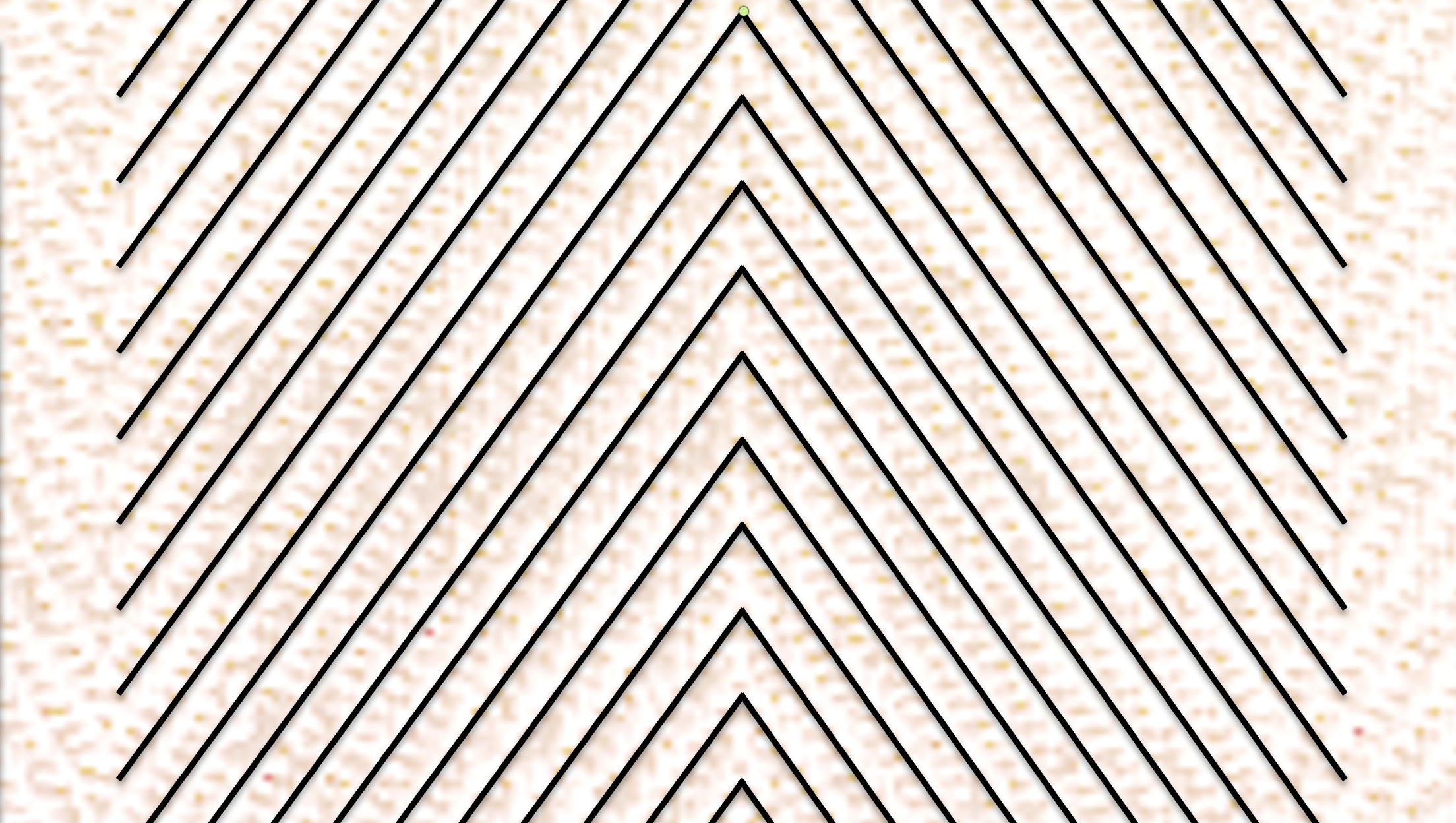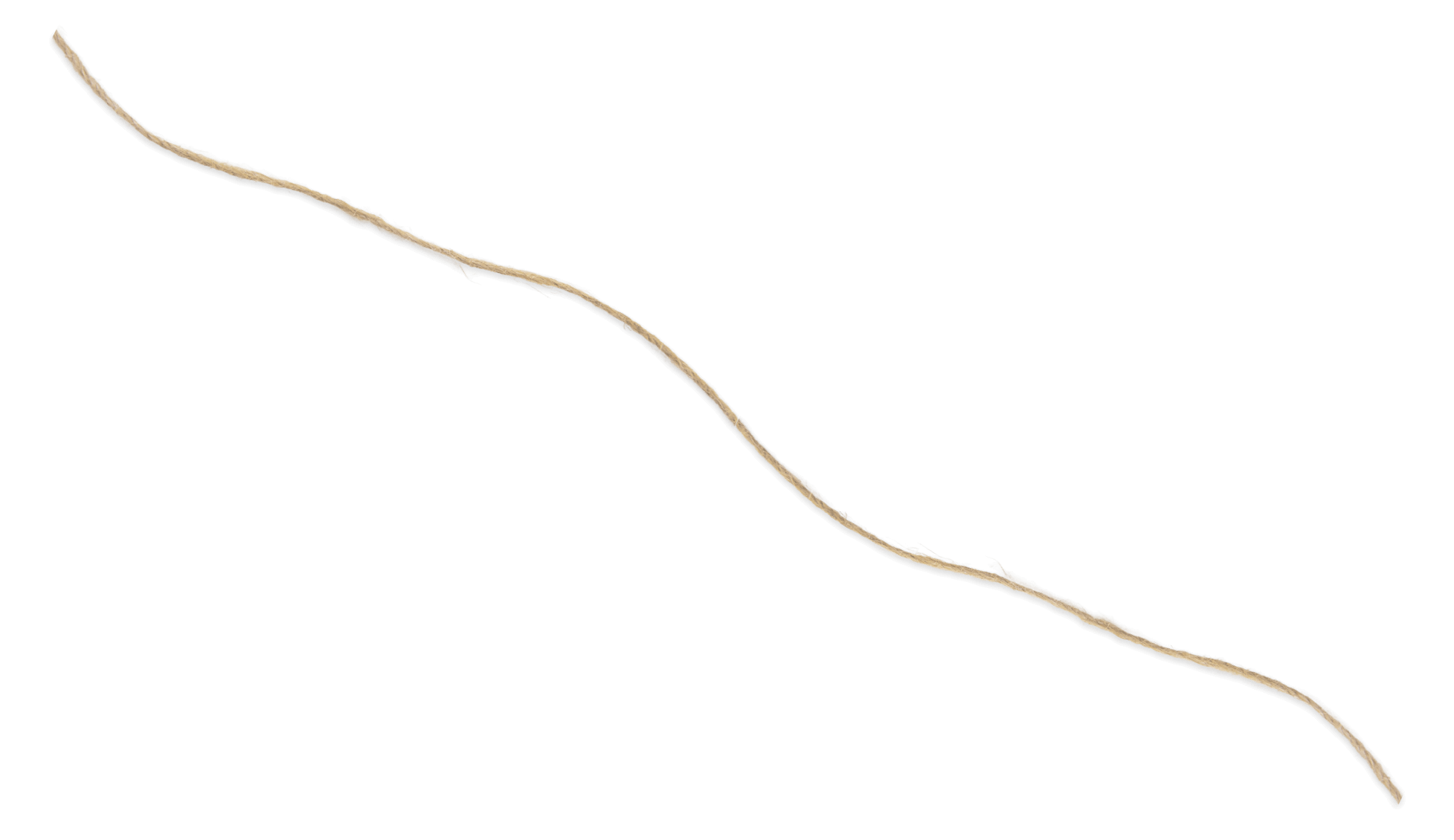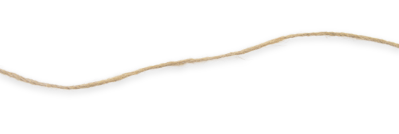The Shroud’s craftsmanship suggests it was a high-value linen in the first century.
Why That’s Important
All four Gospels note that Jesus was buried in a linen cloth provided by a rich man named Joseph of Arimathea.
How the Cloth Was Made
The Shroud is made of linen. Each linen thread consists of multiple fibers spun by hand in a clockwise direction, known as a “Z” twist. The threads were woven together using a vertical manual loom—an ancient technique.
Key Detail: the Herringbone Weave
The Shroud fabric has a diagonal “herringbone weave” in a three-to-one pattern. This pattern, resembling a herring fish skeleton, was used in the Middle East and Egypt during the first century AD. Fabrics woven in cotton and wool in the herringbone weave have been discovered in archaeological excavations, but the Shroud is the only ancient linen fabric discovered with this complicated weave.This weave not only adds to the fabric’s beauty, it makes it more compact, strong, and resistant to wear.
After weaving, the Shroud fabric underwent washing, leaching, and bleaching. It has finished edges (selvedges) along its long sides and hems on the short sides, which suggests it was cut from a larger roll.
Takeaway
Every detail of the Shroud fabric suggests it was a high-value product in the first century.
What do you think? Could the Shroud be the high value cloth that wrapped the body of Jesus?




